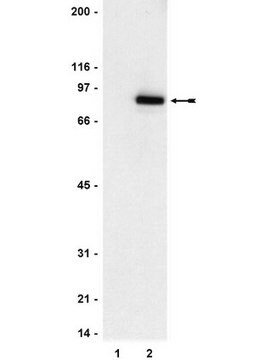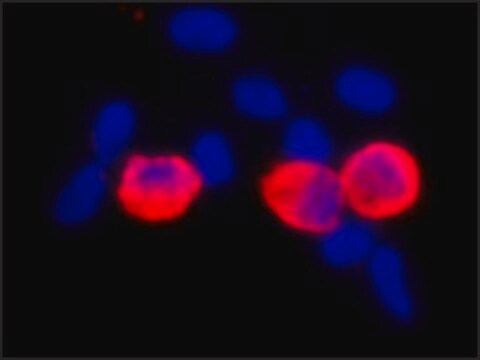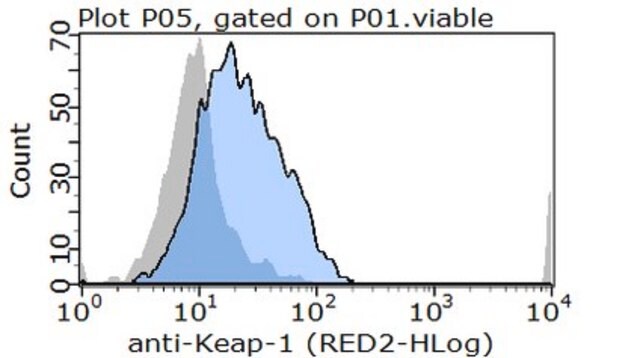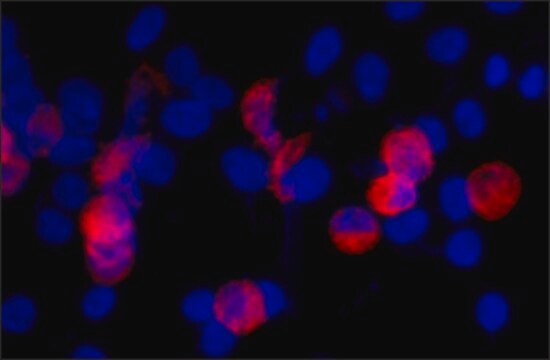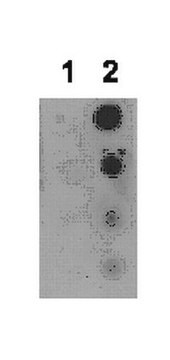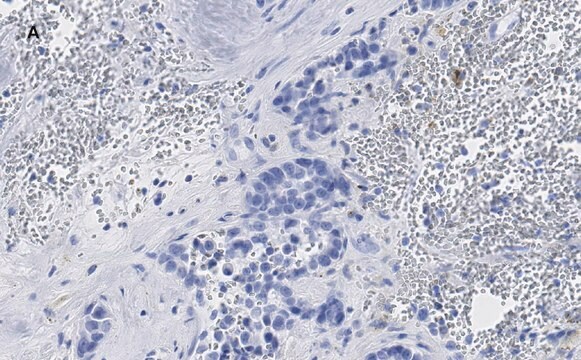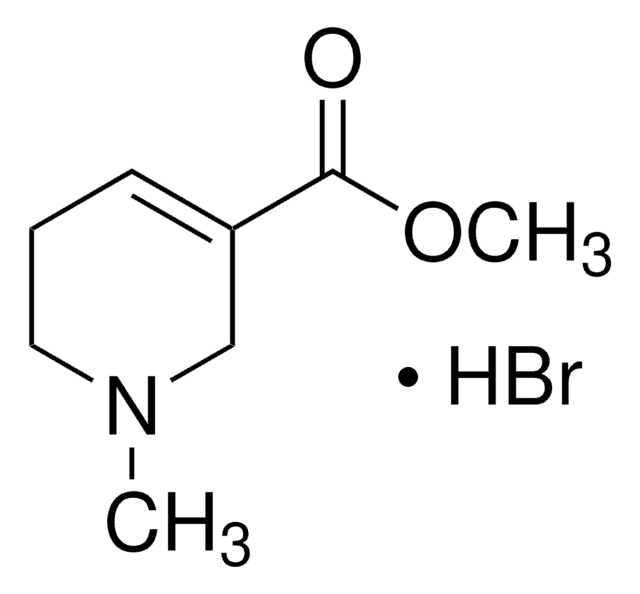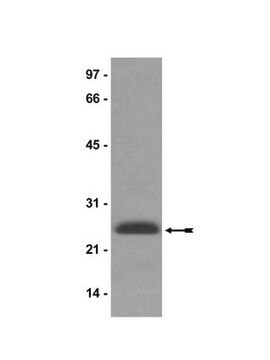05-495
Anti-phospho-STAT5A/B (Tyr694/699) Antibody, clone 8-5-2
clone 8-5-2, Upstate®, from mouse
Synonym(s):
signal transducer and activator of transcription 5A
About This Item
Recommended Products
biological source
mouse
Quality Level
antibody form
purified antibody
antibody product type
primary antibodies
clone
8-5-2, monoclonal
species reactivity
mouse, sheep, human, rat, bovine
manufacturer/tradename
Upstate®
technique(s)
western blot: suitable
isotype
IgG
NCBI accession no.
UniProt accession no.
shipped in
wet ice
target post-translational modification
phosphorylation (pTyr694/pTyr699)
Gene Information
human ... STAT5A(6776)
General description
Specificity
Immunogen
Application
Quality
Western Blot Analysis: 0.5-2 μg/mL of this lot detected phosphorylated STAT5A/B in lysates from 3T3/NIH cells stimulated with PDGF. 0.5-2 μg/mL of a previous lot detected phosphorylated STAT5A/B in lysates from 3T3/A31 cells stimulated with PDGF and from HeLa cells stimulated with interferon-a (IFN-a).
Target description
Physical form
Analysis Note
IFN-α induced HeLa cells or GM-CSF treated TF-1 cells
Other Notes
Legal Information
Not finding the right product?
Try our Product Selector Tool.
Storage Class Code
12 - Non Combustible Liquids
WGK
WGK 1
Flash Point(F)
Not applicable
Flash Point(C)
Not applicable
Certificates of Analysis (COA)
Search for Certificates of Analysis (COA) by entering the products Lot/Batch Number. Lot and Batch Numbers can be found on a product’s label following the words ‘Lot’ or ‘Batch’.
Already Own This Product?
Find documentation for the products that you have recently purchased in the Document Library.
Our team of scientists has experience in all areas of research including Life Science, Material Science, Chemical Synthesis, Chromatography, Analytical and many others.
Contact Technical Service